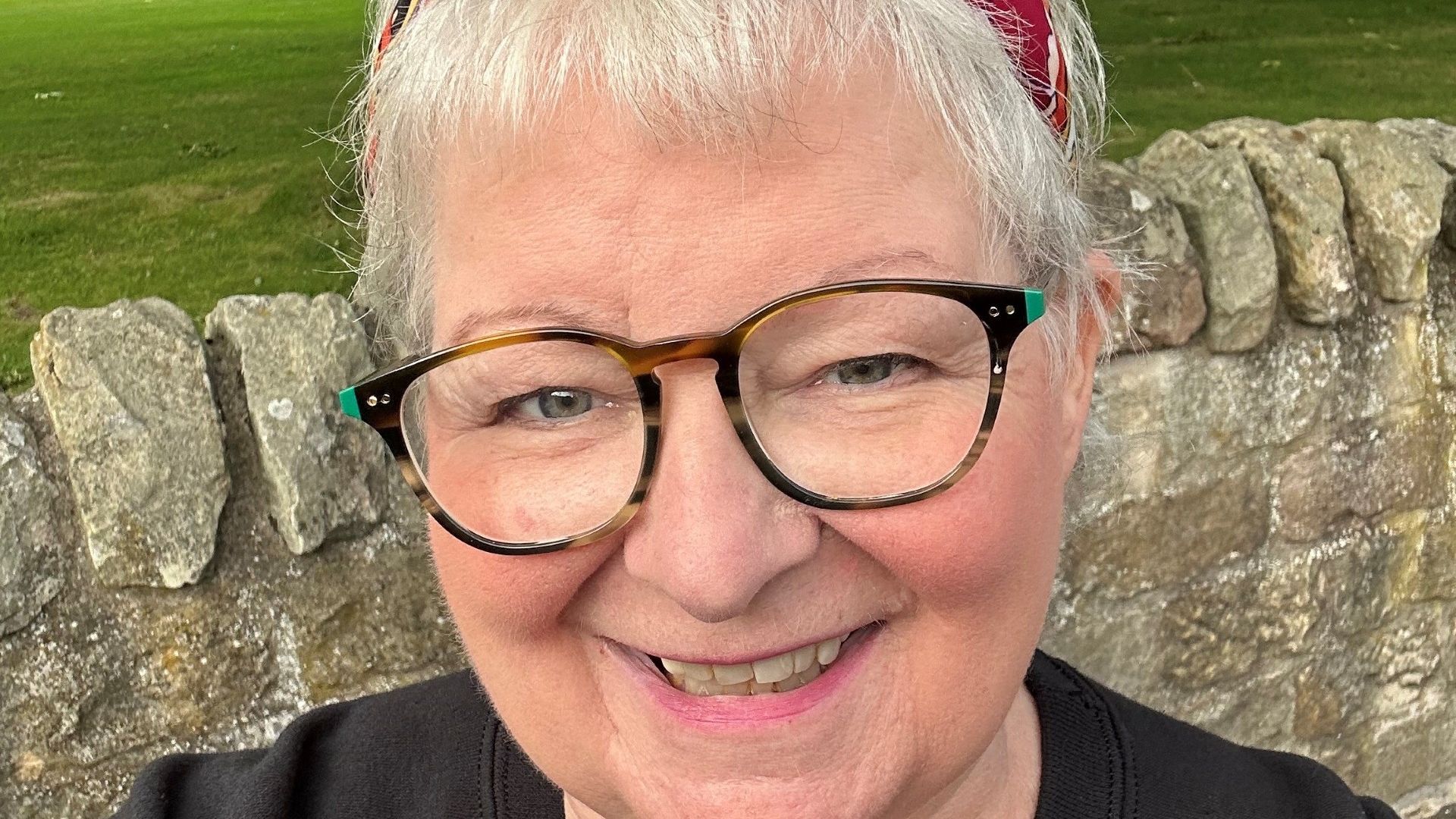
Harold Garde, a painter who spent nearly 40 years living and creating in Belfast, died Tuesday at age 99.
His daughter, Tessa Garde Bonfandio, confirmed her father’s death in a Facebook post.
Since 1983, Garde spent all or part of his year in Belfast, a community that has long fostered creativity in all artistic mediums. In more recent years, he spent his winters in New Smyrna Beach, Florida, returning each spring to Maine, where he had countless shows of his work, including most recently retrospectives at the Zillman Art Museum in Bangor in 2019, and at Cove Street Arts in Portland this past summer.
“Harold was a force in the art world, a true innovator and a wonderful human being,” said George Kinghorn, executive director and curator of the Zillman.
His paintings present the world as seen through Garde’s eyes — from the abstract human figures of his earlier work to the objects, structural shapes and landscapes of his later work. As he aged, his work became lighter and brighter, something he attributed to the aging process and the abundant natural light in Maine. His work is held in the collections of the Portland Museum of Art and the Farnsworth Art Museum in Rockland.
“I am a realist,” Garde said in a 2010 Bangor Daily News profile. “My work looks like paintings. My paint looks like paint. My brush strokes look like marks that have been made with pigment — and I have a good time.”

Garde is perhaps best known for developing the process known as “strappo,” a printmaking technique that involves transferring dried acrylic paint from glass onto paper or canvas, producing an image reversal known as a strappo monotype. In the year of his 90th birthday in 2013, Garde created 90 strappo prints for the first 90 days of the year.
Garde was born in New York City in 1923, the son of Eastern European Jewish parents. From a young age he was fascinated by the arts in general, be it painting, theater or music. During World War II, he joined the Army Air Force, and was stationed for a time in the Philippines.
After the war, Garde got an arts degree at the University of Wyoming, and then a master’s degree in fine arts education at Columbia University in New York. In New York, he raised four children (Elissa, Tessa, Amy and Keith) with his first wife, Mimi, and worked as an interior designer and later taught art and architecture.
Alan Crichton, founder of Waterfall Arts in Belfast, where Garde regularly showed his work, said that his passion for teaching never left him.
“His enthusiasm in teaching was always so infectious. One of the most positive people I’ve had the privilege of knowing,” Crichton said. “Always ended any communication with ‘love,’ and I felt he always really meant it.”
Garde and his second wife, Barbara Kramer, who died in 1998, first moved to Maine in 1983. They wanted to be near the water and have space for a studio, and Belfast fit the bill. They quickly immersed themselves in the creative world of Maine, with Garde making many friends in studios, galleries and museums from Portland to Ellsworth.
Acclaimed Maine artist Robert Shetterly, a friend of Garde’s, said that over the course of a more than seven-decade career, Garde had refused to compromise on his artistic vision, and his dedication to his work was astounding — well into his 90s, Garde painted almost daily, producing hundreds of prints and paintings per year.
“I think when most of us think about artists, we don’t often think in terms of courage,” Shetterly said. “But about Harold — I think it would be appropriate to use that word. Because of his unwillingness to compromise, he displays a kind of courage to look as critically and deeply at art and humanity as anyone can.”











